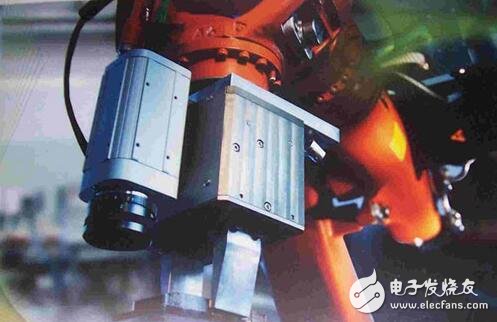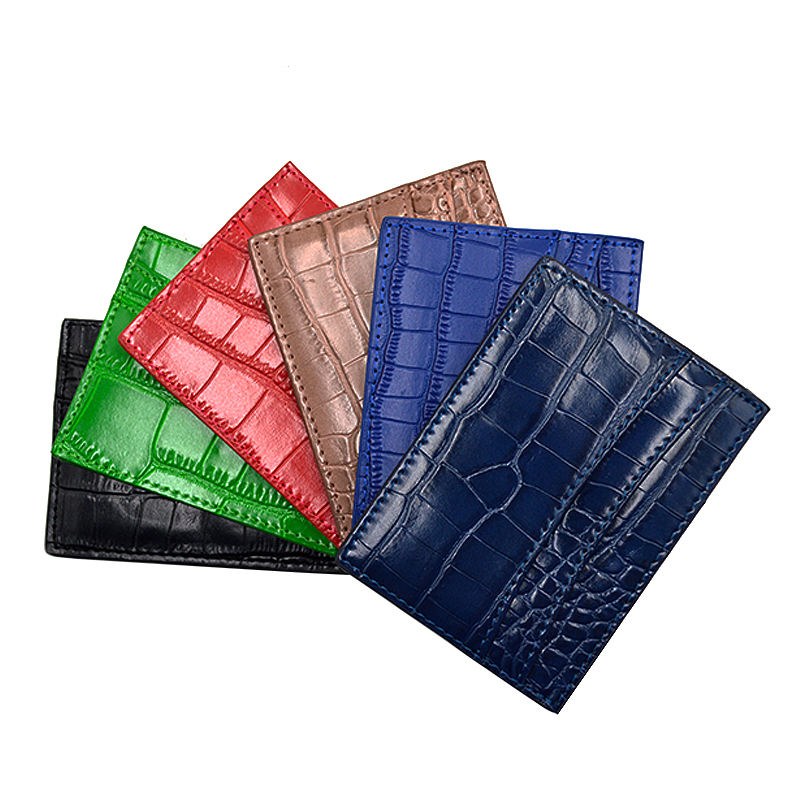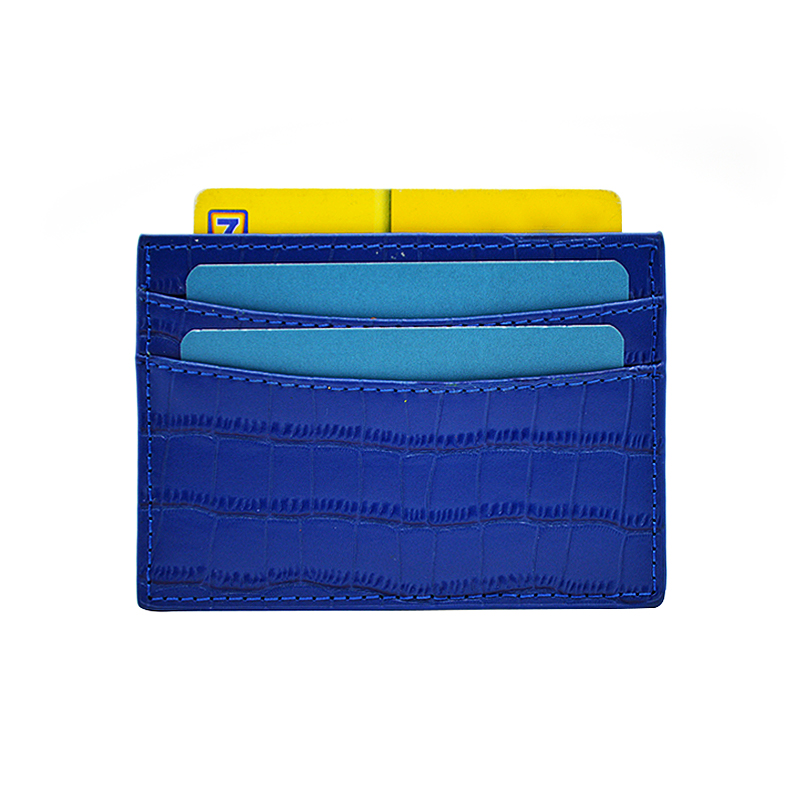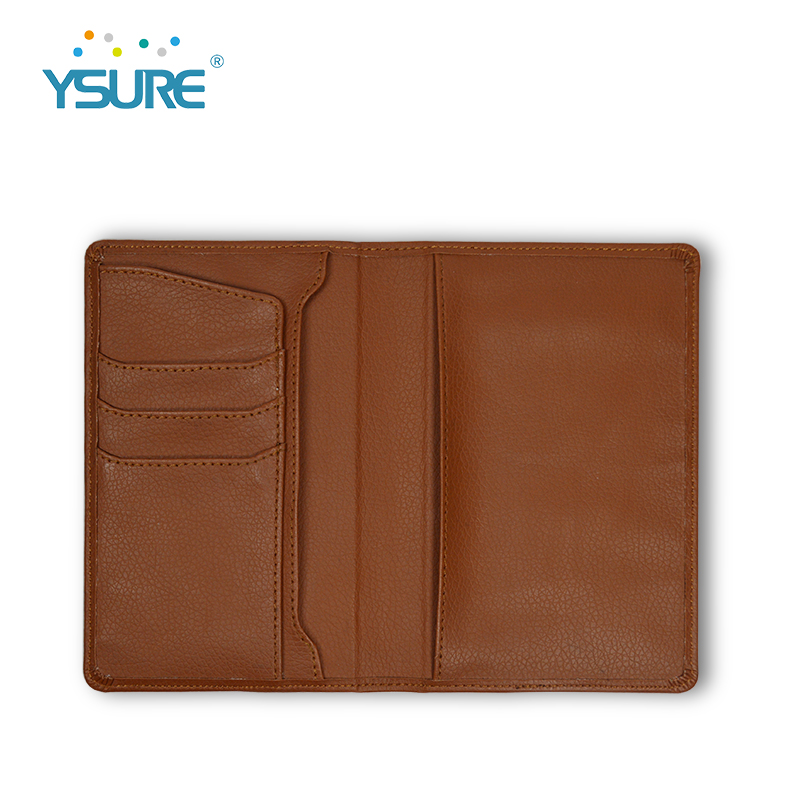In modern industrial automation production, it involves a variety of inspection, production monitoring and part identification applications, such as dimensional inspection of batch processing, automatic assembly integrity inspection, electronic assembly line component automatic positioning, IC characters Identification, etc. Usually, the human eye cannot perform these tasks with high repetitiveness and intelligence continuously and steadily, and other physical quantity sensors are also difficult to use.
Therefore, people began to use the photoelectric imaging system to collect the image of the controlled target, and then digitally processed by a computer or a dedicated image processing module to perform size, shape, color, etc. according to the pixel distribution, brightness and color of the image. Discrimination. In this way, the rapidity and repeatability of the computer are combined with the highly intelligent and abstract capabilities of the human eye, thereby creating the concept of machine vision.

A successful machine vision system is a system that has been carefully engineered to meet a range of specific requirements. When these requirements are fully determined, the system is designed and built to meet these precise requirements.
The advantages of machine vision include the following:
High precision
As an accurate measuring instrument, an excellent vision system can be used to spatially measure one of a thousand or more components. Because such measurements do not require contact, there is no wear and danger to the fragile components.
Continuity
The visual system can protect people from fatigue. Because there is no manual operator, there is no artificial change in operation. Multiple systems can be set to run separately.
Cost efficient
As computer processor prices have fallen dramatically, machine vision systems have become more cost effective. A $10,000 visual system can easily replace three manual detectors, each requiring $20,000 in salary per year. In addition, the operating and maintenance costs of the vision system are very low.
flexibility
The vision system is capable of performing a variety of different measurements. After the application changes, only the software needs to be changed or upgraded to meet the new requirements.
Many companies that apply Satisfactory Process Control (SPC) are considering applying machine vision systems to deliver continuous, coordinated, and accurate measurement SPC commands. In SPC, manufacturing parameters are continuously monitored. The control of the entire process is to ensure that these parameters are within a certain range. This allows the manufacturer to adjust process parameters when the production process is out of control or when bad parts are present.
Machine vision systems have better adaptability than optical or machine sensors. They make automated machines versatile, flexible and reconfigurable. When it comes to changing the production process, "tool change" for machine vision is just a software change rather than replacing expensive hardware. When the production line is reorganized, the vision system can often be reused.
The composition of the machine vision system
Machine vision technology uses a computer to analyze an image and draw conclusions based on the analysis. There are two applications for machine vision today. Machine vision systems can detect components where the optics allow the processor to more accurately observe the target and make an effective decision as to which components can be discarded; machine vision can also be used to create a component that uses complex optics and The software combines directly to guide the manufacturing process.
Although machine vision applications vary, they all include the following processes;
Image Acquisition
The optical system captures the image, which is converted to an analog format and passed to computer memory.
Image Processing
The processor uses different algorithms to improve the image elements that have a significant impact on the conclusion.
Feature extraction
The processor identifies and quantifies key features of the image, such as the location of the holes on the printed circuit board or the number of pins on the connector. This data is then transferred to the control program.
Judgment and control
The processor's control program draws conclusions based on the data received. For example: These data include whether the hole on the printed circuit board is within the required specifications or how an automatic machine must move to pick up a part.
Put the credit card , some small charge and Coin , it will save your space.Many card slots will give your enough capacity .We sell Card Holder with layhand,slim Card Wallet,business card holder,Credit Card Holder,RFID ID Card Holder,wallet card holder,etc.




We employ the most creative designers and tech brilliant engineers to make the best cases. We believe our high-quality products with competitive prices will satisfy your needs.
The productive process :
Make the Products Mould –Cutting the fabric –Do the half products – Finish products – Cleaning –QC- Package – Shippment .
Passport Card Holder,Card Holder With Lay Hand,Passport Credit Card Holder,Leather Passport Credit Card Holder
Guangzhou Ysure Electronic Technology Co., Ltd. , https://www.ysurecase.com
